With the recent announcements of the nearing departure of FCC Chairman Julius Genachowski and Commission Robert McDowell coinciding with the recent release of the 16th Annual Wireless Competition Report, it is an apt time to discuss just how much consumers have benefited during the tenure of these two public servants as a result of the evolution and growth of the wireless industry.
The breathtaking expansion of Fourth Generation (4G) wireless networks have given consumers the high-speed data they need to leverage the employment, educational and wellness opportunities the web offers alongside entertainment and social interaction all on the go. Nevertheless, in reflecting on the findings of this report -- or lack thereof -- the prospect looms of further calls for regulatory intervention into the otherwise booming wireless industry under the guise of "promoting" competition.
Over the last year, pro-regulation advocates have attempted to make the case that the consumers are harmed by an uncompetitive wireless industry. However, these individuals ignore the facts that are obvious to every entrepreneur who operates his business from a mobile phone, every teenager who watches YouTube on the go or the numerous senior citizens whose vital signs are monitored through a cellphone. As a result, it's no wonder that U.S. consumers lead to world in adopting 4G. As Chairman Genachowski remarked in a recent op-ed, "America leads the world in scale deployment of 4G LTE, mobile's next generation, and there are as many 4G subscribers in the U.S. as in the rest of the world combined." In fact, this year analysts reckon that consumers will double their usage of 4G.
This growth is fueled by an insatiable consumer appetite for more mobile data, more apps and more services. And the wireless industry has responded. Today, consumers benefit from 4G offerings from a variety of U.S. carriers. As our recent infographic highlighted the U.S. currently has six providers that have already or are in the process of deploying 4G networks. These networks are not just delivering the speeds consumers demand, but are doing so at reasonable prices. According to data from CTIA's recent wireless industry survey prices have actually decreased. Consumers aren't getting more gas for their dollar, but today they're getting a lot more data.
Despite expanding choices, faster speeds and lower prices, some remain unsatisfied with the state of the wireless industry. Their solution is to impose European-style regulations on wireless providers and to block certain players from acquiring additional spectrum -- the industry's lifeblood. These recommendations come at a time when the U.S. model is achieving record levels of success while the European model is in shambles. With large majorities in the U.S. already enjoying 4G networks, European consumers have to wait until at least 2014 or 2015 to begin to see meaningful offerings in this space.
It is clear that consumers are benefiting from the state of the American wireless marketplace. The steady increase in adoption matched by the seemingly limitless number of offerings through mobile technology underscores why America's pro-investment approach is the model for the world. The FCC should avoid imposing the same European-style regulations that are now depressing investment in Europe. Instead, policy should focus on encouraging competitors to innovate and invest. Those policies will provide consumers with more choice, applications and bandwidth.
That is what consumers want.
